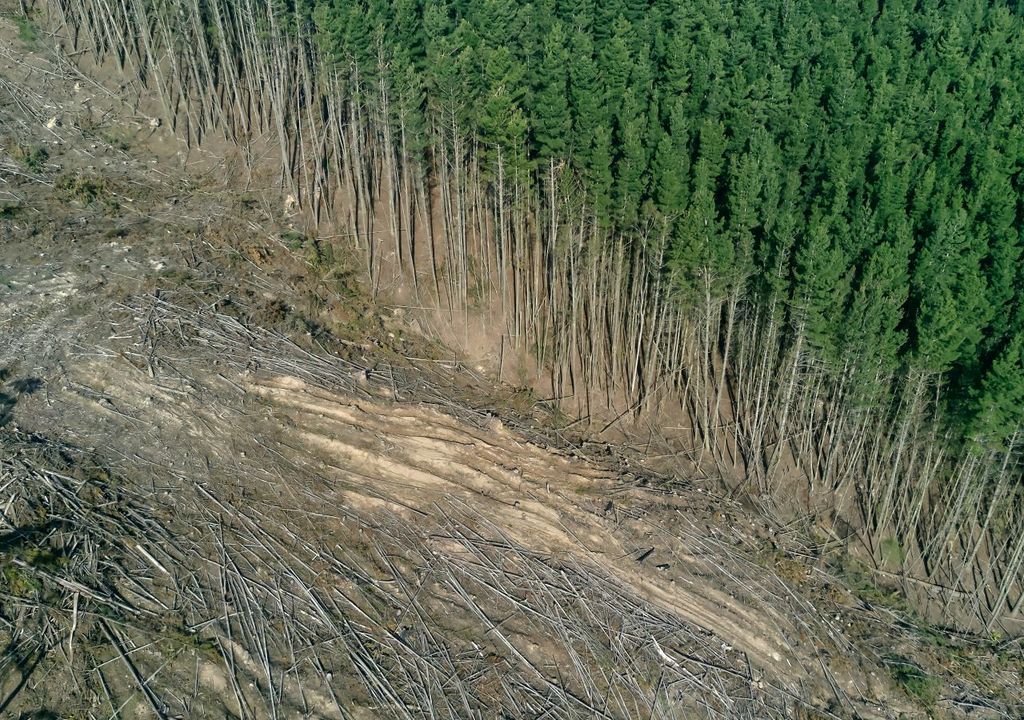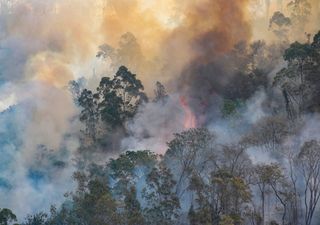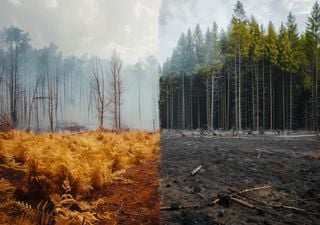The enduring ability of the world’s forests to store carbon dioxide
Forests have an amazing ability to capture and store atmospheric carbon dioxide, but they need more protection from threats such as wildfires and deforestation.

Forests are an essential part of climate change mitigation and act as an important carbon sink: in the last 30 years, the world’s forests have absorbed over 100 billion tonnes of carbon dioxide – almost half the carbon dioxide emissions from burning fossil fuels over the same period.
But they need more protection from threats like deforestation and wildfires says a new study assessing how the most carbon-rich, species-rich forests have responded to climate change and other threats since 1990.
Extensive ground measurements
The study combined long-term ground measurements with remote sensing data to determine the volume of carbon dioxide absorbed by forests globally – roughly 100 billion tonnes. Researchers analysed data from millions of forest plots to gain a tree-by-tree assessment of size species and biomass.
“What sets this study apart from others, is its foundation in extensive ground measurements,” says Yude Pan, USDA Forest Service Northern Research Station Senior Research Scientist. “While the study also incorporates remote sensing data, a common tool in national forest inventories and land surveys, our unique strength lies in the detailed on-the-ground data collection.”
The research investigated boreal forests in the Northern Hemisphere across Alaska, Canada and Russia, tropical forests like the Amazon Rainforest and the Congo Basin Forest, and the temperate forests in between.
Researchers discovered the carbon sink capacity of boreal forests dropped 36% due to wildfires, insect outbreaks and soil warming, while deforestation caused a 31% decline in tropical forests’ ability to absorb carbon. However, these losses have been partially offset by regrowth in agricultural and logged areas.

In contrast, the carbon sink capacity of temperate forests increased by 30%, largely due to extensive reforestation efforts, particularly in China, demonstrating how land management policies and practices can preserve the global carbon sink.
“The extraordinary persistence of the carbon sink shows the great resilience of nature to climate change so far,” says Professor Oliver Phillips, from the University of Leeds, RAINFOR: The Amazon Forest Inventory Network, and ForestPlots.net. “Right now, deforestation, fire and logging are damaging forests everywhere, but drought less so. Helping Earth’s forests resist climate change means keeping them as intact, healthy and vibrant ecosystems.”
“Undisturbed African tropical forests, including the vast forests of the Congo Basin, are making a remarkable contribution to slowing climate change by absorbing carbon from the atmosphere,” adds Professor Simon Lewis from the University of Leeds and the African Tropical Rainforest Observation Network. “The message from the tropics is clear: keep forests standing and healthy and they provide huge climate benefits.”
Report recommendations
The study makes several recommendations to support forests across the world, including an end to deforestation and greater restoration efforts. It also suggests improvements to timber harvesting practices to minimise emissions and disruptions to forests.
It also acknowledges the need for increased research in the tropical regions where there are fewer ground sampling plots. Professor Lewis also calls for more investment into people and resource for research in the Congo Basin Forest, which despite its size and importance, it is not as well understood as the Amazon Rainforest and Southeast Asian rainforests.
" What is needed are formal collective land rights for local people who have a long-term stake in the survival of their forests, and financial mechanisms to make forests worth more alive than dead," he says.
News reference
Pan, Y. et al (2024) The enduring world forest carbon sink, Nature








